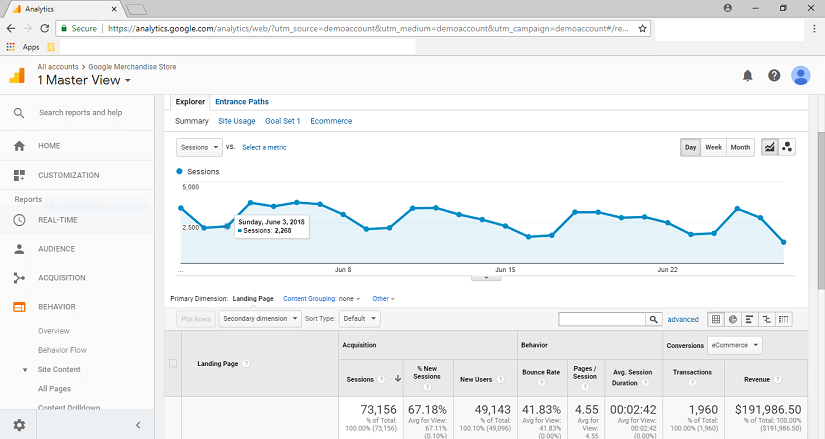More than 50 percent of search queries globally now come from mobile devices. As a result, more and more searchers are looking for local businesses when they’re on the go.
Local SEO can help your business stand out in search results, increasing your chance of being seen by potential customers. In this article you’ll learn about what Local SEO is, why it’s important, and how to use those local ranking factors to rise to the top of organic results.
What is Local SEO?
Local SEO is SEO for location-based searches. This means a physical address or location is a required for a business to show up in a local search as a result. It helps businesses promote their products and services to local customers at the exact time they’re looking for them.
Local SEO strategies range from including your website and business information on your website to claiming your Google My Business listing to creating/claiming your business in various online directories (i.e. Yelp, Yellowpages, HotFrog, etc.)
NOTE: There are some local SEO ranking factors and optimizations tactics that are universal across all types of businesses/ organizations, however, there are also ones that vary based on business type.
Related Post: How Long Does it Take for SEO to Produce Results? ➢
Why is Local SEO Important?
Millions of customers conduct local searches every day to find the top local businesses in their area (both services and products). By investing in Local SEO you can help increase your chances of being seen by potential customers.
Highly Targeted and Timely
There are two main reasons why users do local searches, to:
1.) Find a specific business
2.) Find a local service or product at a local store
Local SEO provides potential customers the information that they want (targeted), when they want it (timely), and where they want it (within SERPs), making Local SEO both efficient and extremely cost-effective.
There are also many users who don’t have a specific business in mind when they execute their search for local services and products. Local SEO helps better position your business and promote your services/ product offerings to local customers when they’re looking for your type of business.
Mobile Searches Continue to Grow
According to official Google statements, “more than 50 percent of search queries globally now come from mobile devices, however it could be as high as 60 percent.”
As more and more customers use their mobile phones to find the best local businesses while they’re on the go, showing up in the ‘local 3-pack’ (we’ll talk about this more later) and having relevant business/location information within search results has become even more important.
On average, 61% of people doing a local search on their phone end up calling the business.
It’s a free Source of Advertisement
It’s free to claim your listing on Google My Business, Bing Places for Business, Yahoo Local and hundreds of other online business directories, but that may not be the case forever. While it is a somewhat time consuming process, it’s worth it to reach highly targeted, high converting in-market prospects.
Drop in ‘near me’/ Geographic Modifiers in Searches
“Over the last two years, comparable searches WITHOUT ‘near me’ have grown by 150 percent” – Google, June 2017
This shift towards dropping location modifiers is “because people know and expect Google to deliver results that will be relevant to their location.” They assume that Google now knows when a search has local intent. This further emphasizes the importance of claiming your Google My Business page, and other alike online directory listings.
Rank Higher in Search Engine Results
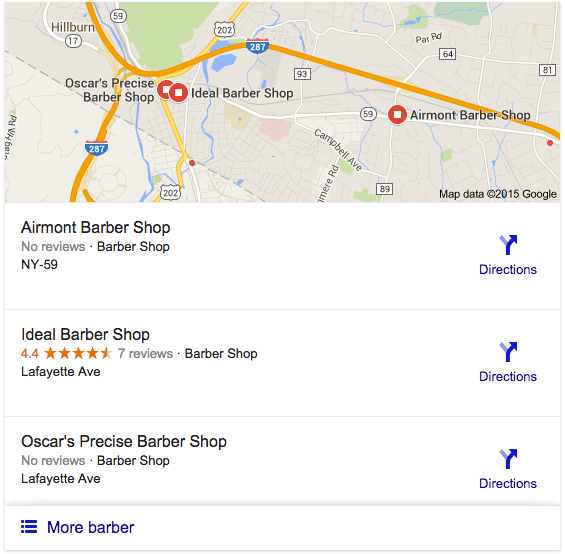 Have you ever done a google search and seen this (see right). This is known as the “local pack”, it showcases local businesses and stores relevant to the search query/term you entered, in this case it’s “barbershops.”
Have you ever done a google search and seen this (see right). This is known as the “local pack”, it showcases local businesses and stores relevant to the search query/term you entered, in this case it’s “barbershops.”
The goal behind the ‘local pack’ is to provide users with better information about the top local search results (i.e. images, photos, reviews, prices, etc.)
In 2015, Google cut the number of ‘local pack’ results from seven to three. While this change benefited those businesses 1.) with multiple stores across the world 2.) businesses that were already ranking in the first three spots within the ‘local pack’, it made local SEO even more important.
Today, local SEO can help your business appear in Google’s local 3-pack, which is one of the most coveted spots when it comes to search engine results.
“44% of people who performed a local search clicked on a local 3-pack listing, while only 8% chose to load more local results” – MOZ
“95% of smartphone users have used their device to perform local searches, out of which 61% called the business and 59% visited” – Forbes
“70% of mobile users click to call a business directly from Google search results using their mobile phones”
– Search Engine Watch
Adding an SEO company to your marketing team will not only boost your local SEO but also increase your organic search engine rankings for your site. Every small business or multi-location company can benefit greatly from using Local SEO optimization strategies.
“Only about 44% of businesses have claimed their Google My Business listing”
– Local Marketing Institute
Have you claimed your Google My Business? If not, this means you as a business/company have the opportunity to jump ahead of your competition and take advantage of local SEO services and boost your businesses local online presence, before competitors catch on. No matter what type of business you own/work for, from recruiting firms and plumbers to accountants and construction workers, Local SEO can improve business. Set up your company and website for easy sales with Local SEO, opening conversion opportunities to eager customers, helping you make more money.
Related Post: Top 5 Questions Business Owners Have About Digital Marketing ➢
Why Use Parqa Marketing
Local SEO companies help you to position your business on search engines and other digital marketing platforms/directories so you’re seen by potential customers — on their terms.
Parqa is a Digital Marketing Agency that specializes in SEO, SEM, Local Search Optimization, Marketing Automation, Social Media and Content Marketing. We build strategy to grow your brand and drive leads through a variety of inbound marketing tactics. See how our experts can help your business grow through search engine optimization.


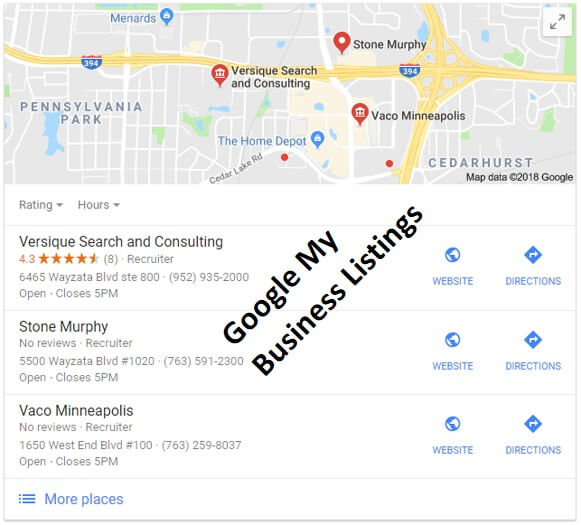

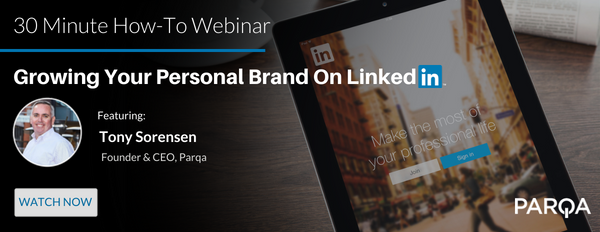


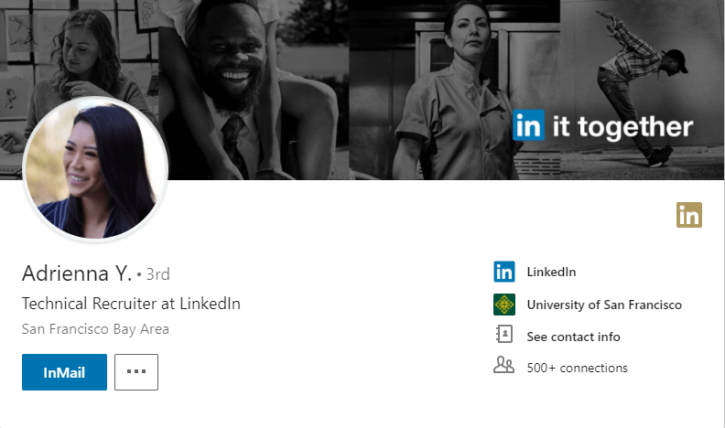
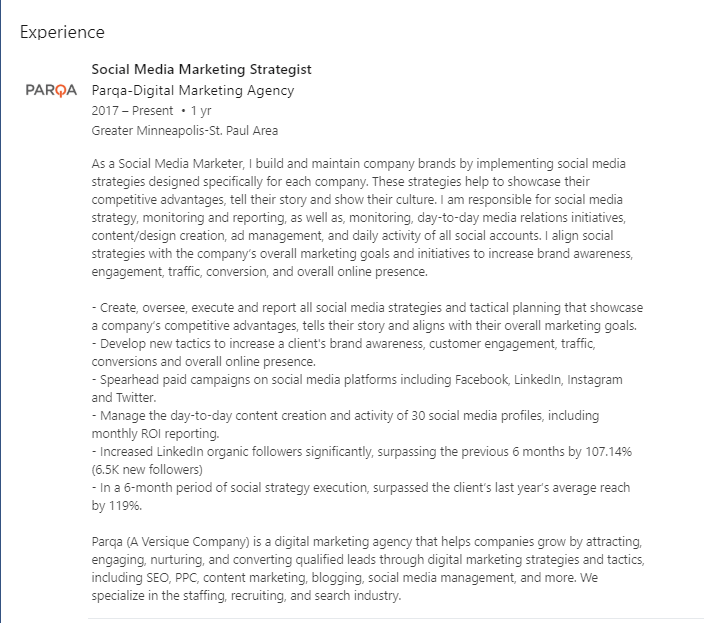
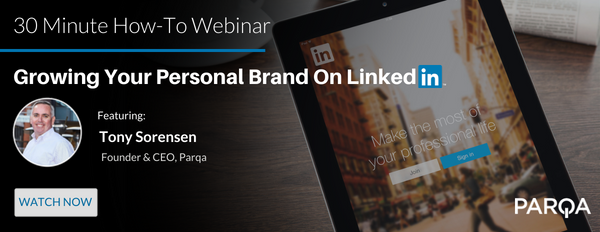


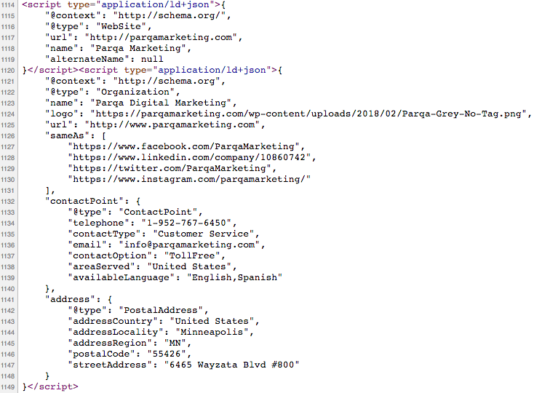
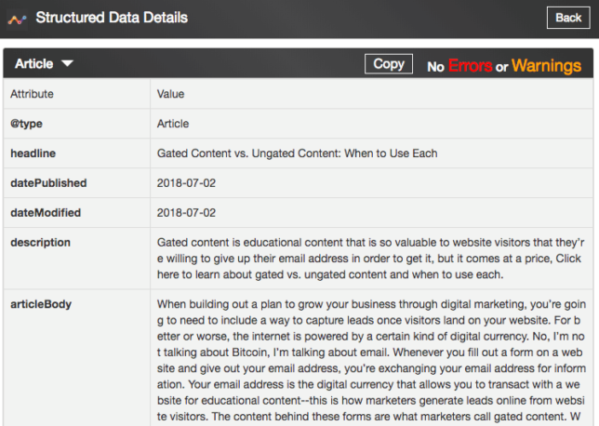
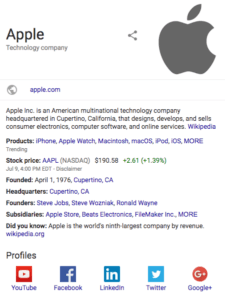





 Recipe websites leverage
Recipe websites leverage 





 If you don’t specialize in that area, it’s not likely your website has content around those keywords, so it’s not likely you are going to rank for that search at all. No chance of being found. (PS, we all know the importance of focusing on a niche industry and/or market is a whole different conversation.)
If you don’t specialize in that area, it’s not likely your website has content around those keywords, so it’s not likely you are going to rank for that search at all. No chance of being found. (PS, we all know the importance of focusing on a niche industry and/or market is a whole different conversation.)
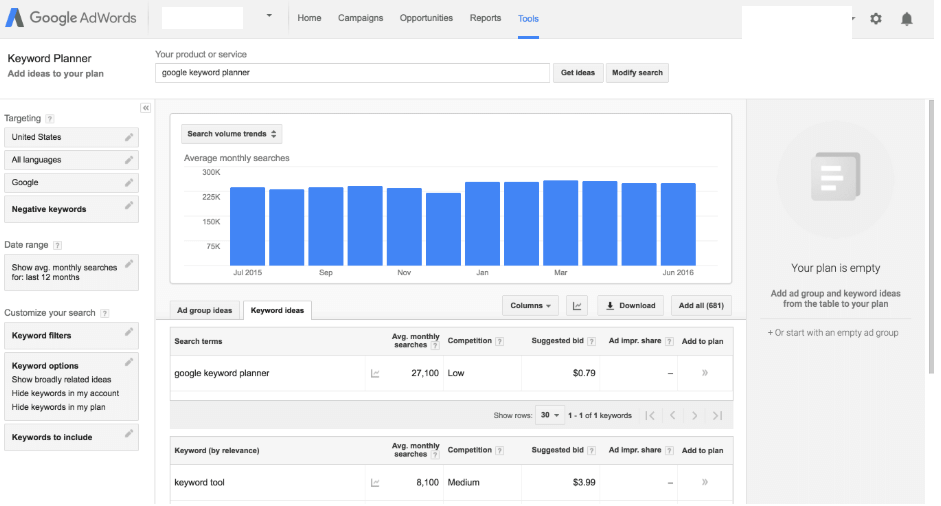 Make It Easy for Google to Find Your Blog
Make It Easy for Google to Find Your Blog